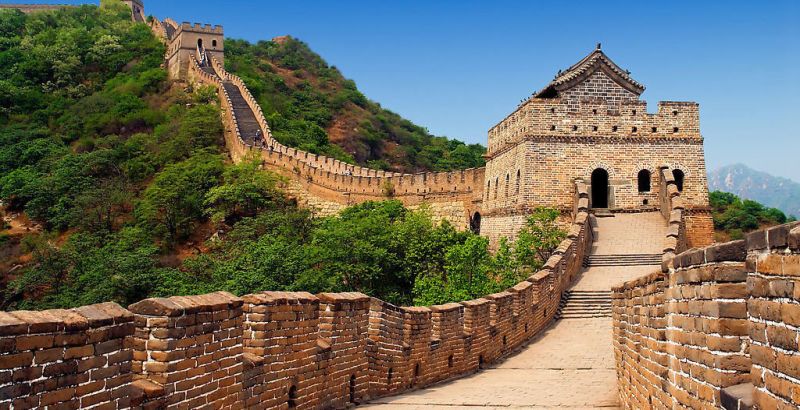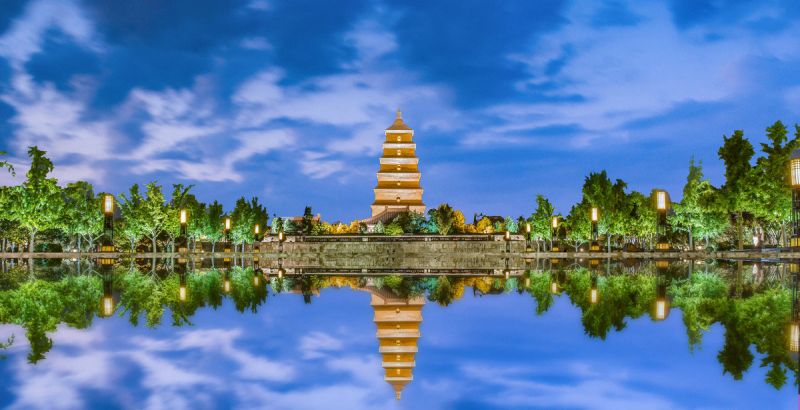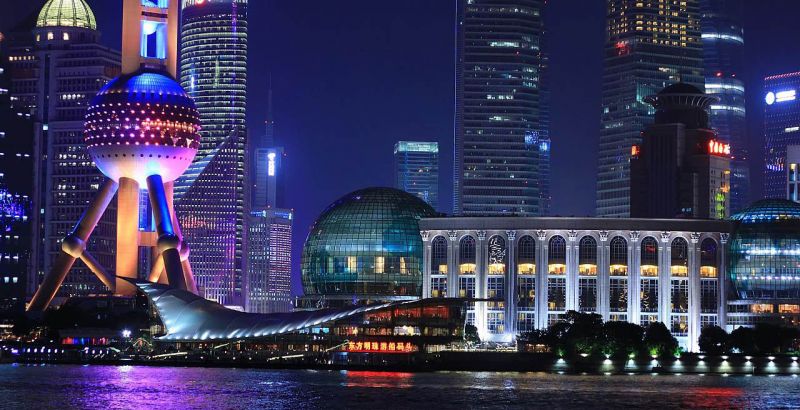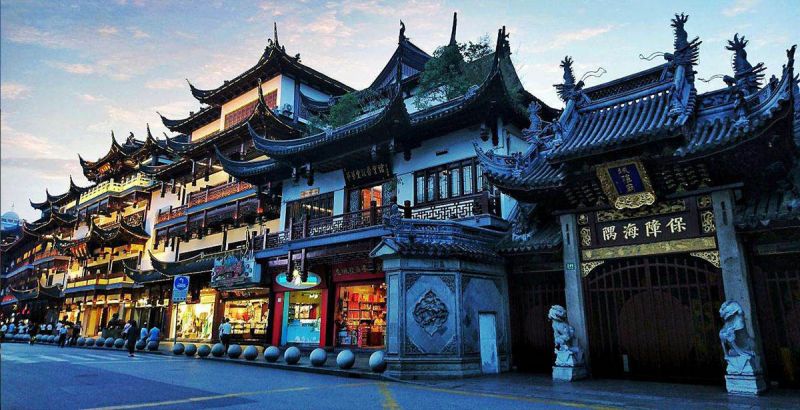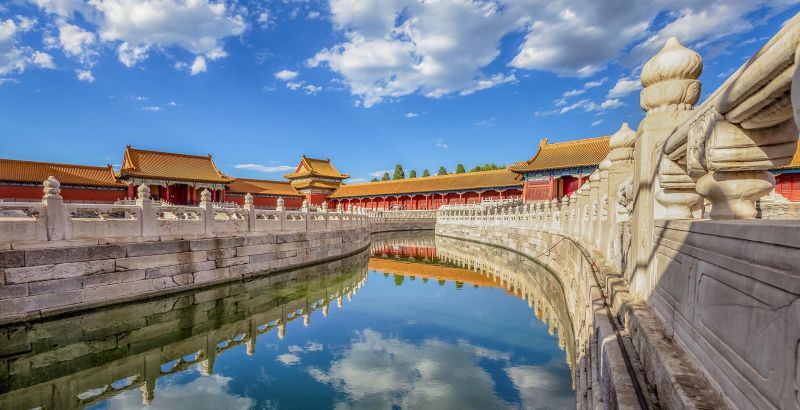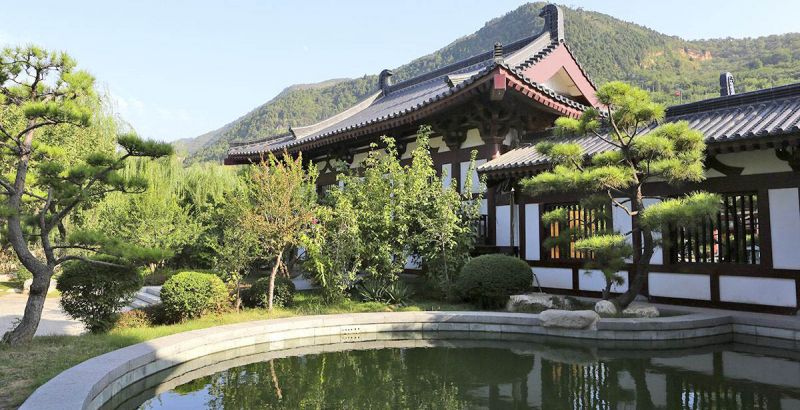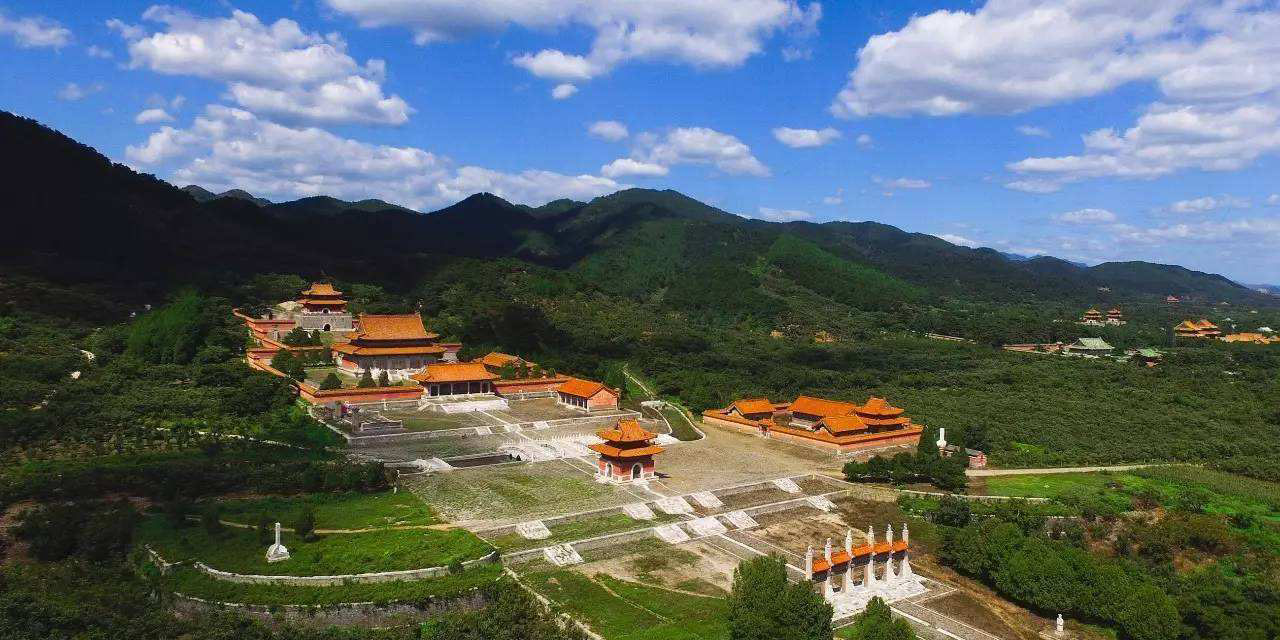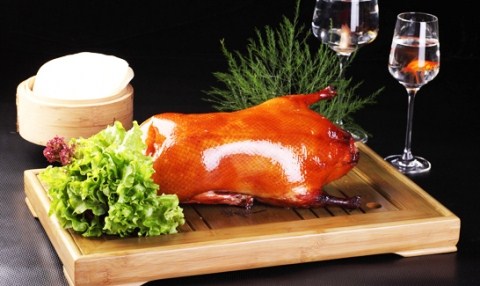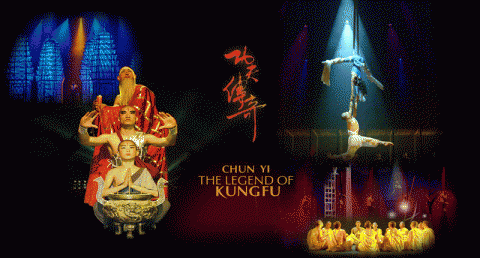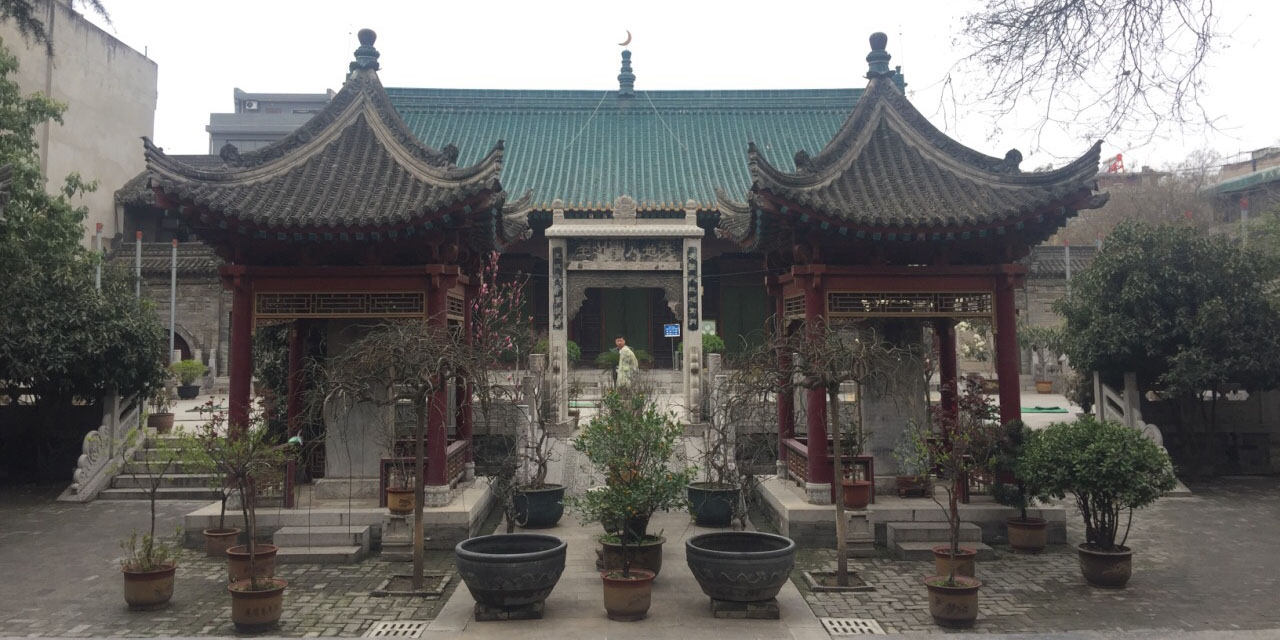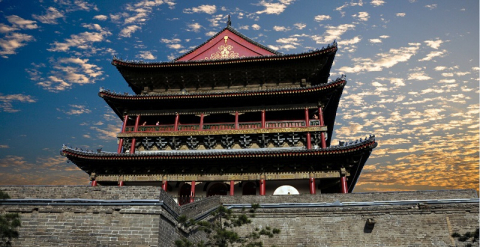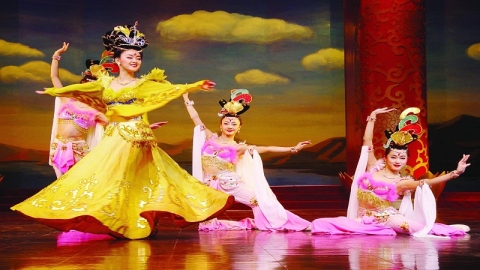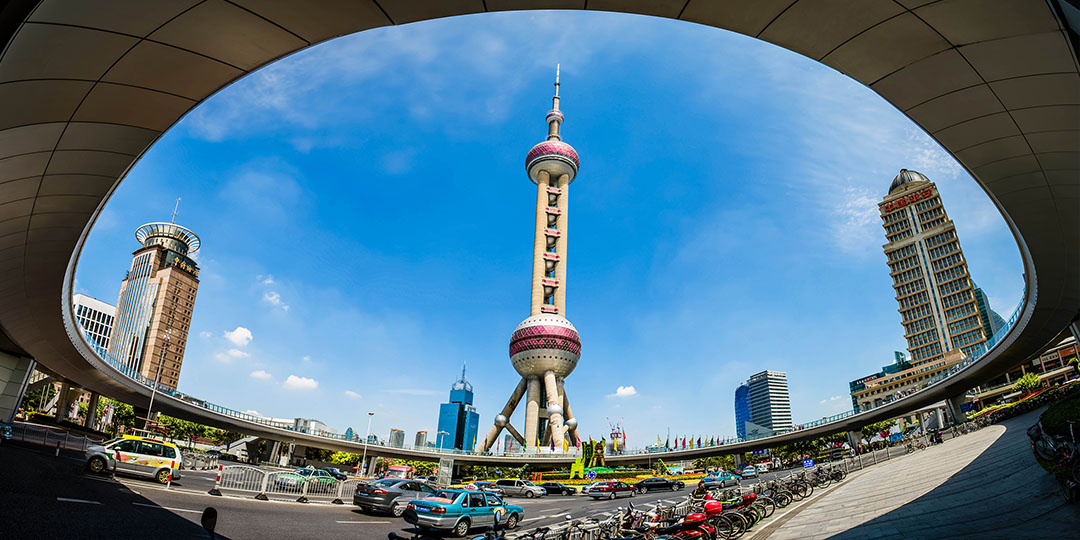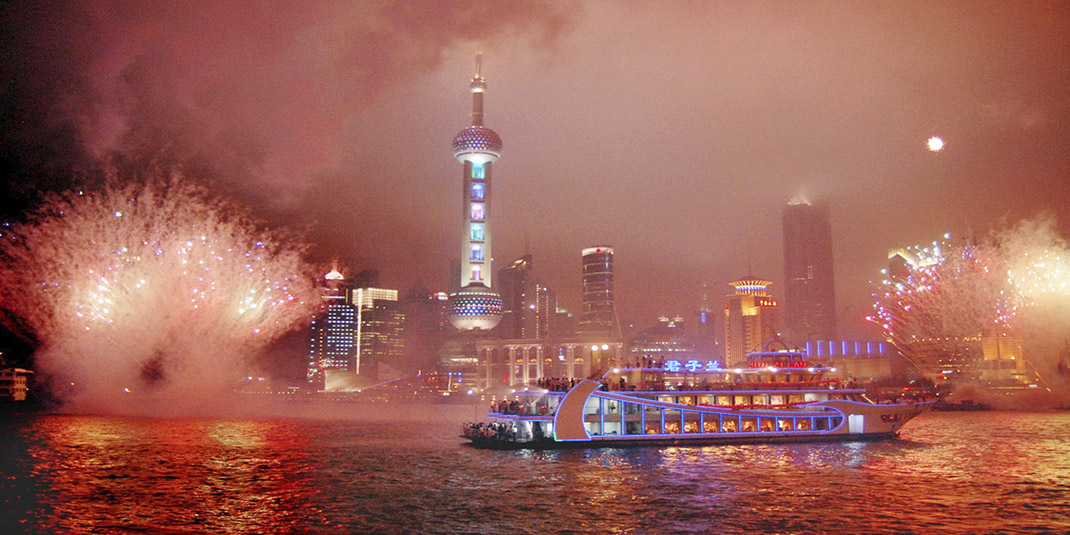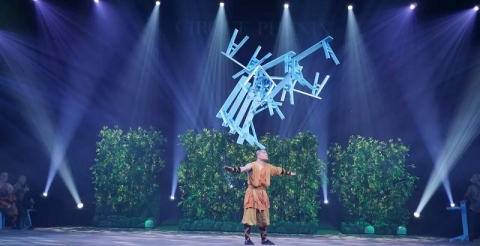11 Days China Tour of Beijing, Xian, Shanghai with Chinese Shaolin Kungfu
- Private Tour
Price Per Person in USD
Booked by 0 travelers
5 Stars
Hotel+Tour
4 Stars
Hotel+Tour
3 Stars
Hotel+Tour
Only
Tour Fee
1 person
$2630
$0
2 person
$1703
$0
3 person
$1462
$0
4 person
$1329
$0
5 person
$1258
$0
6 person
$1137
$0
7 person
$1101
$0
8 person
$1076
$0
9 person
$1042
$0
≥10 person
$973
$0
Highlights
This 11 days tour makes it possible for you to ingeniously visit the most famous areas in China. In Beijing, you see Tiananmen Square, Forbidden City, Temple of Heaven, Summer Palace, Badaling Great Wall and Hutong areas. In Luoyang, you explore the Mount Song, Shaolin Monastery, Longmen Grottoes and White Horse Temple. In Xian, you visit Xian City Wall, Terracotta Warriors, Great Wild Goose Pagoda, and Shaanxi History Museum. In modern Shanghai, you discover Yu Garden, Chenghuang Temple, Bund, Old Street, Bund and Nanjing Road. Besides, experience the rapid development of China by taking high-speed railway.
Travel Map
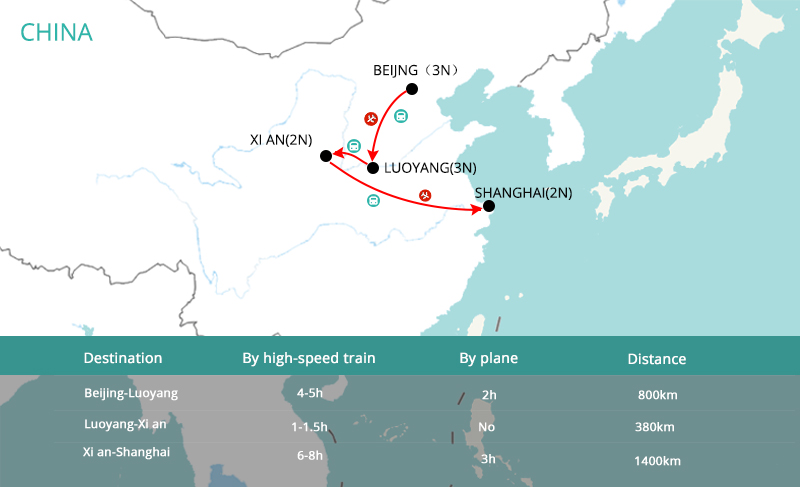
Day 1 Arrival in Beijing
Upon arrival in Beijing, you will be greeted by local tour guide then be escorted to a hotel.
![]() :
:
Day 2 Beijing
Your tour kicks off with a visit to Tiananmen Square which is the world's largest urban square, then the Forbidden City which is the most complete ancient imperial palace in the world. In the afternoon, let's continue to visit the Temple of Heaven where Chinese emperors come to pray the good harvest twice a year, then stop in pearl factory for a short visit.
Note: Forbidden City requires visitors to provide a valid ID or passport for entrance check.
![]() :
:
Scenic spots included in the itinerary
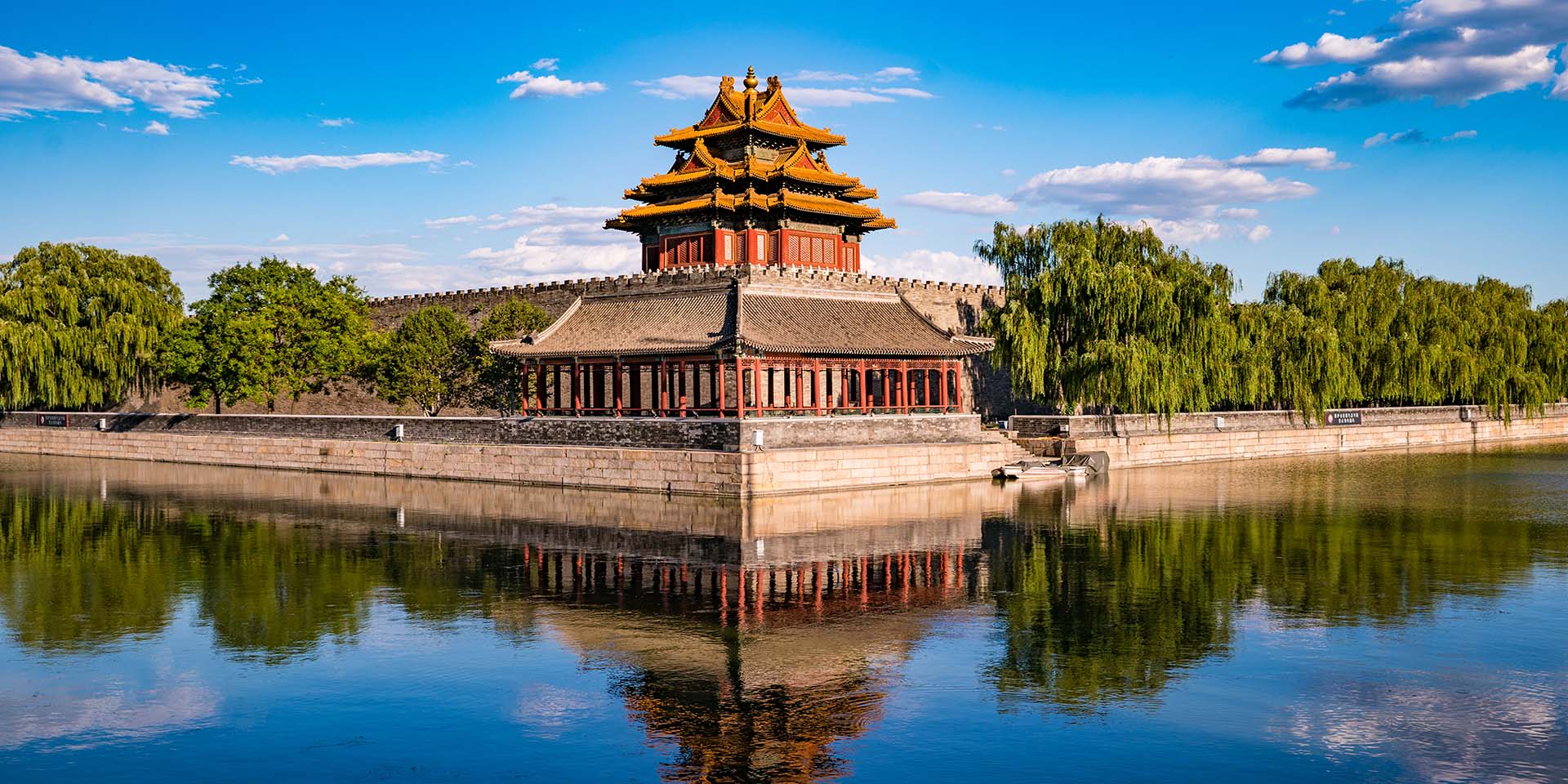
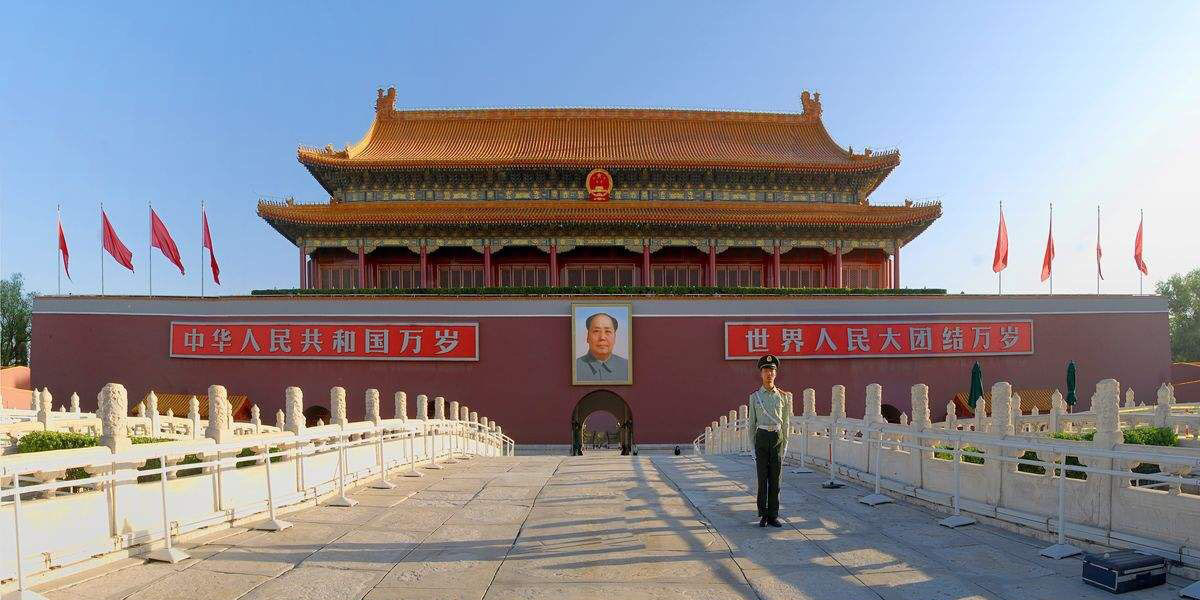
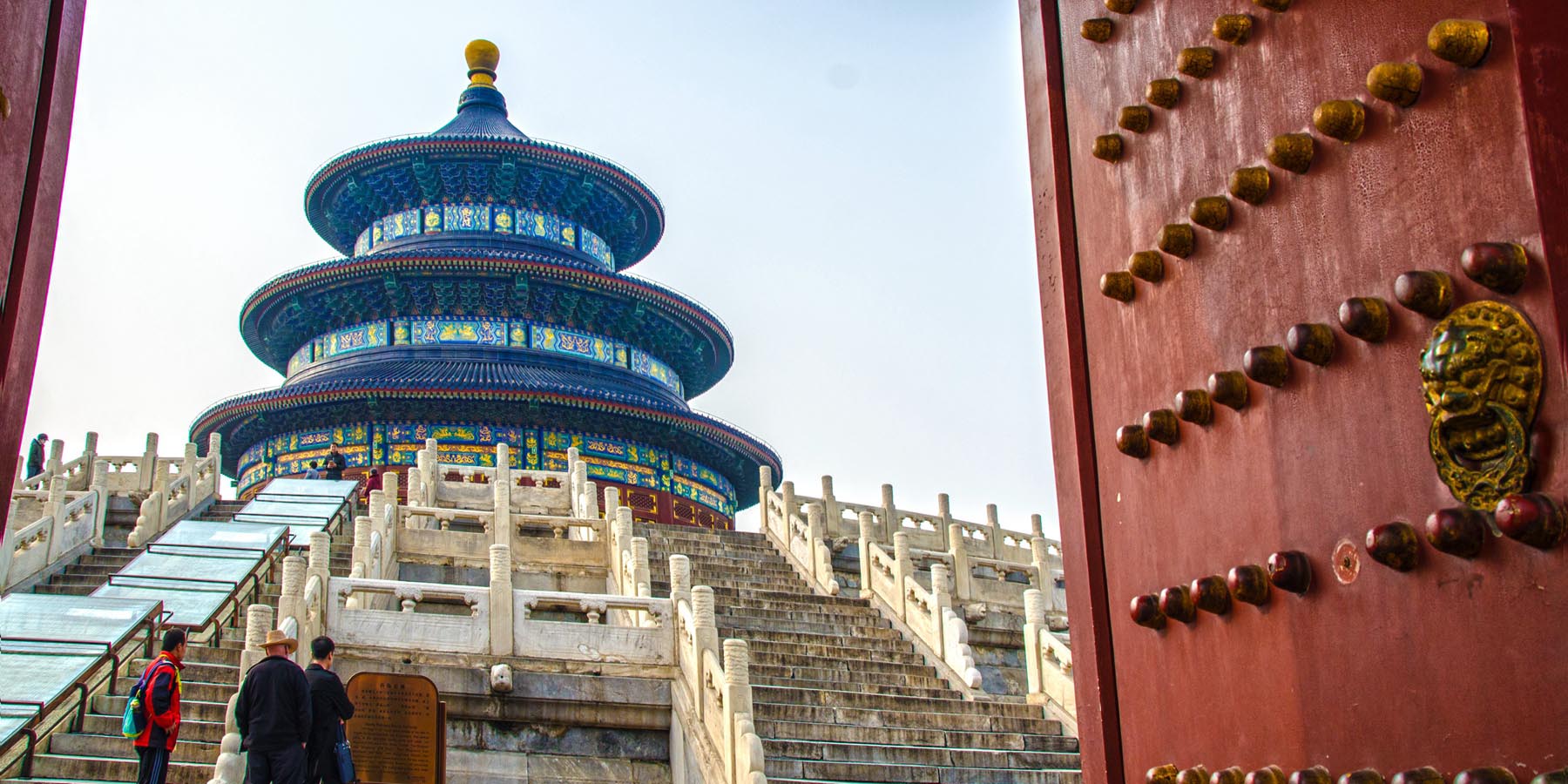
Day 3 Beijing
Today your highlight tour begins with a visit to Badaling Great Wall, which reputed as one of eight wonders of the world. A scenic cable ride enhances your view through the steep hills. Afterward visit a jade factory. In the afternoon, we'll continue to visit the Summer Palace, take a leisurely stroll admiring the thousands of ancient murals along the Long Corridor.
![]() :
:
Scenic spots included in the itinerary
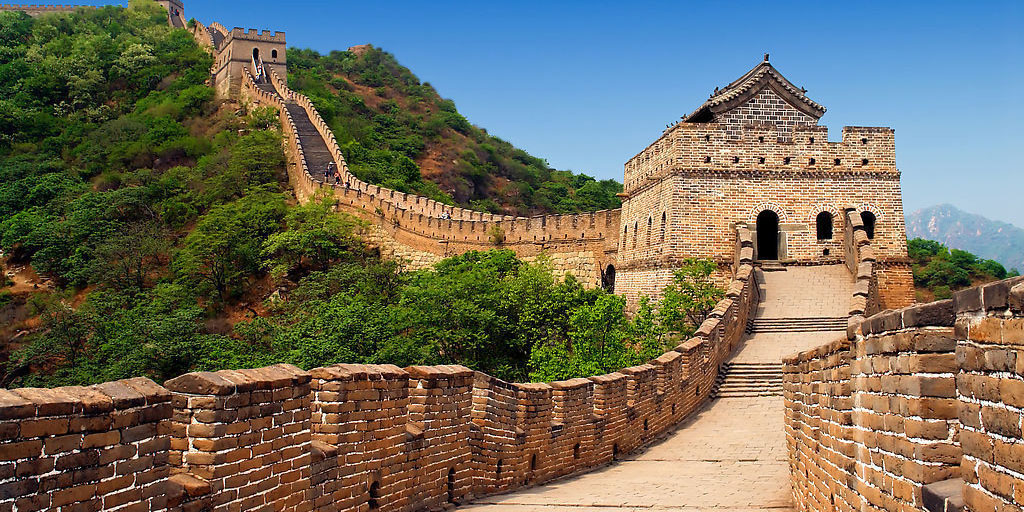
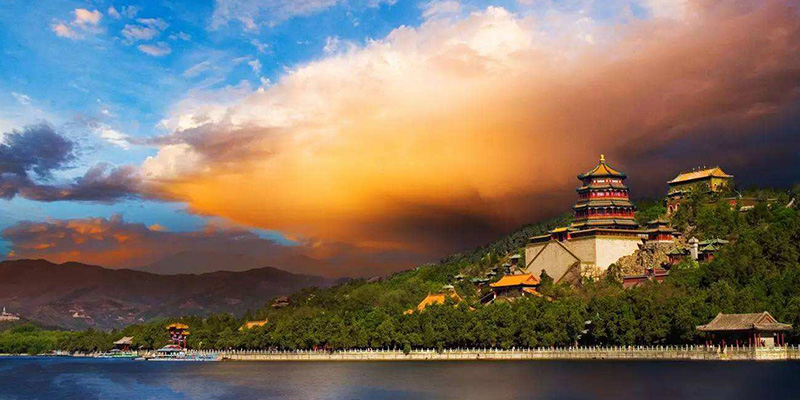
Day 4 Beijing-Luoyang by Bullet Train
In the morning, visit the famous Lama Temple in Beijing, and you'll amaze at the biggest wooden Buddhist figure. Later, take a pedicab on a Hutong browsing through the ancient parts of the city, visit a courtyard and enjoy homemade lunch. Then you'll be transferred to train station to Luoyang, Henan Province. On arrival, you will meet a local tour guide and be escorted to the hotel.
![]() :
:
Scenic spots included in the itinerary
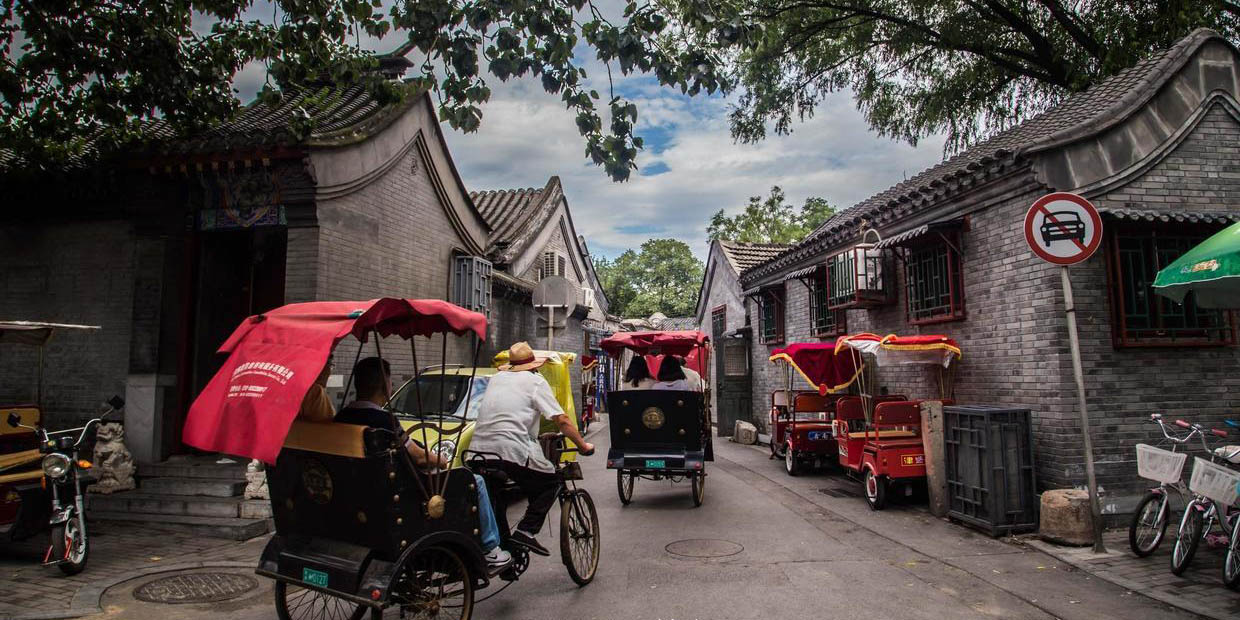
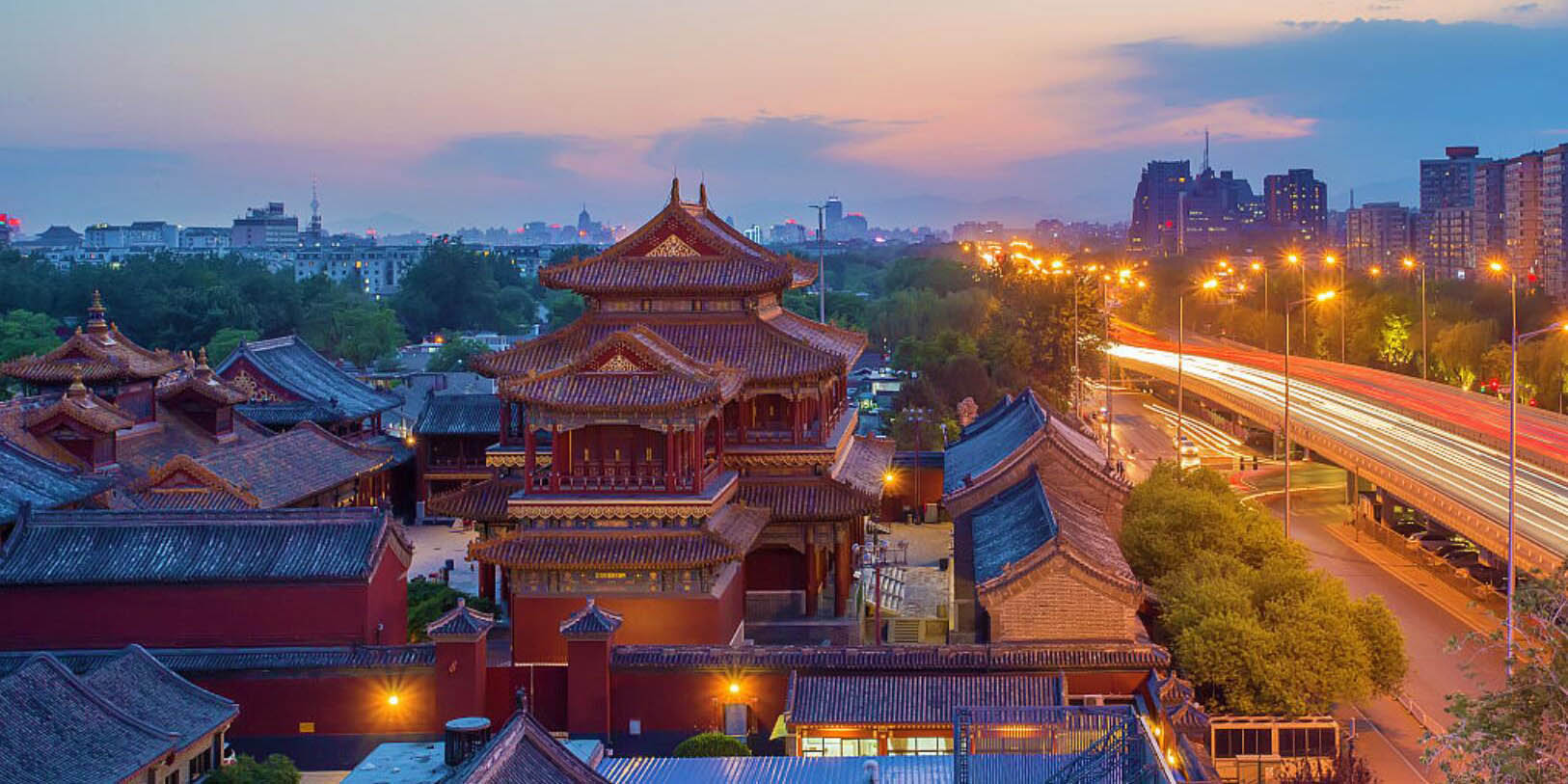
Day 5 Luoyang-Dengfeng-Luoyang by Private Vehicle
After refreshing up, then take a visit to Mount Song, the highest mountain of the five famous mountains in China. Visit Shaolin Monastery and enjoy exciting Kungfu performance. Later visit Pagoda Forest, the biggest eminent monks' tomb and well-preserved ancient pagoda forest. Afterward return to Luoyang.
![]() :
:
Scenic spots included in the itinerary
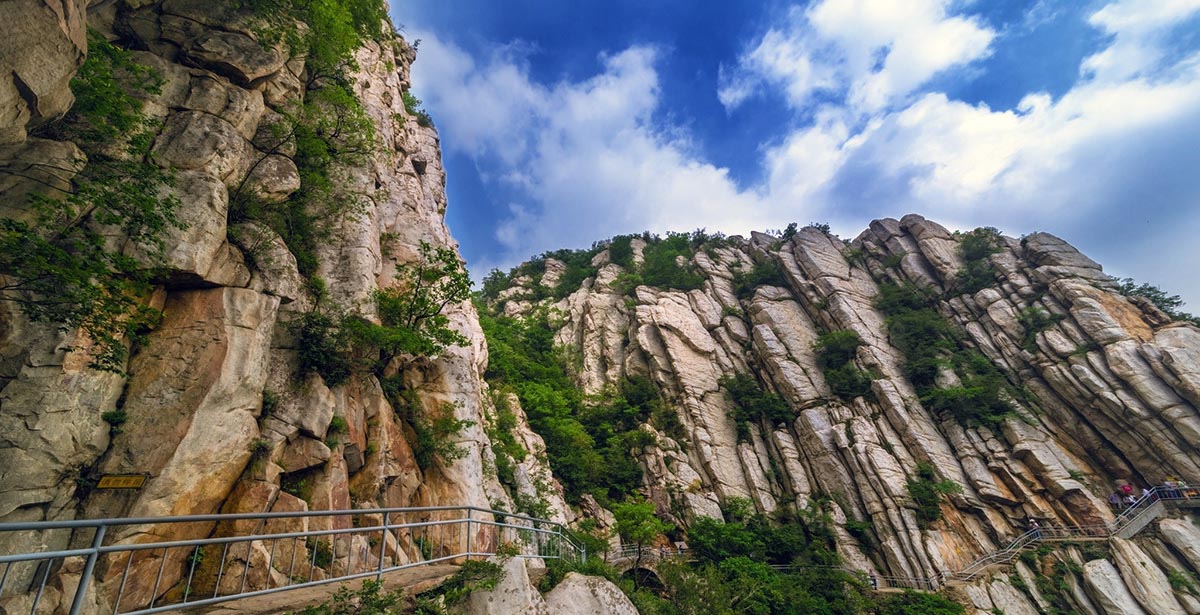
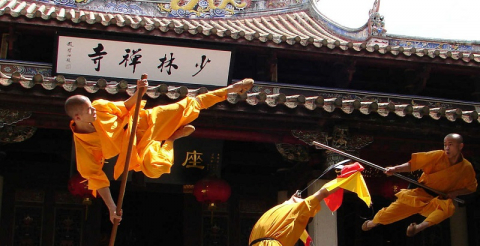
Day 6 Luoyang
Visit Longmen Grottoes which is one of the three most famous ancient sculptural sites in China. Take note of the Buddhist art present on the major caves with a blend of inscriptions and sculptures. Afterward continue to visit the White Horse Temple that is honored as the cradle of Buddhism in China.
![]() :
:
Scenic spots included in the itinerary
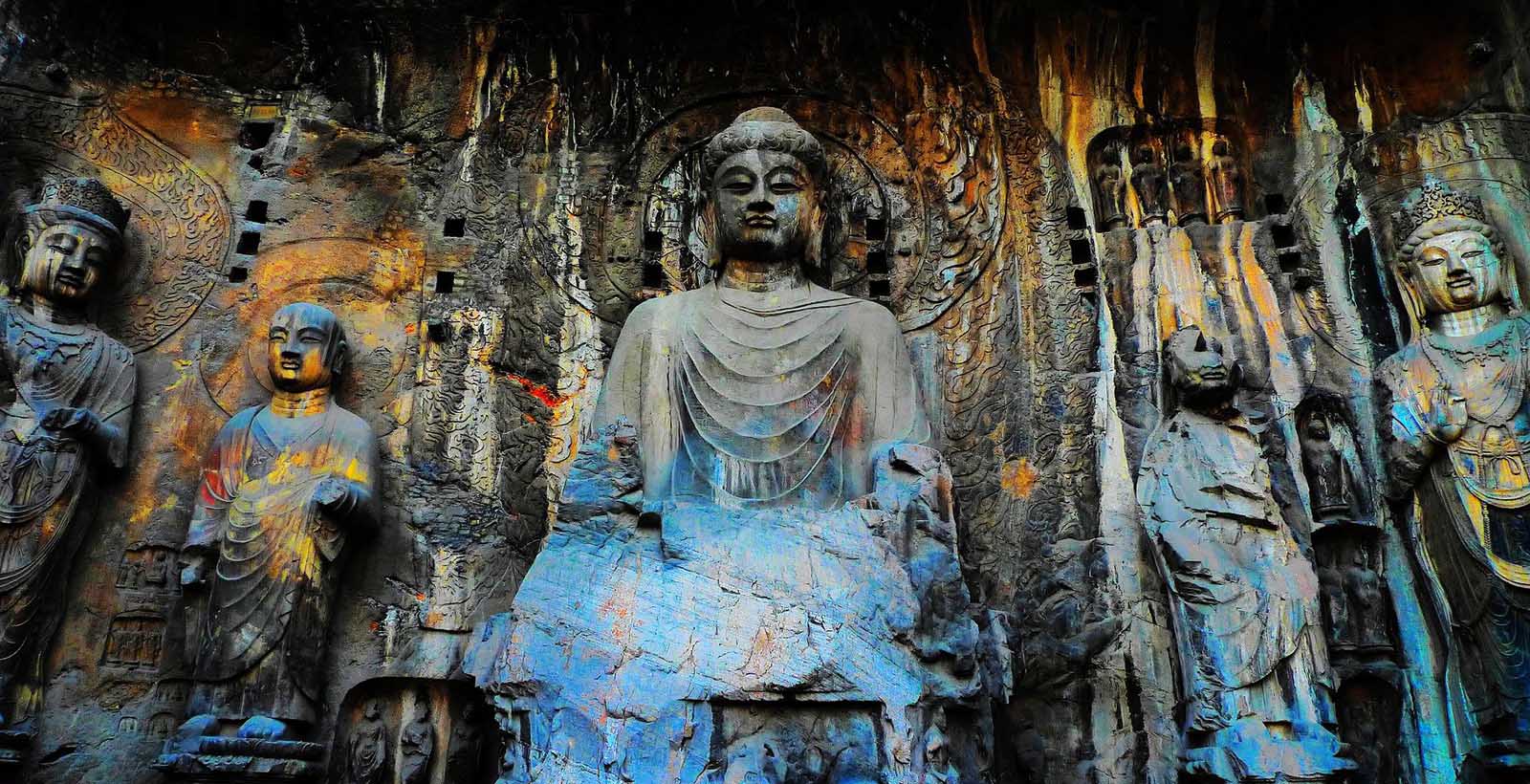
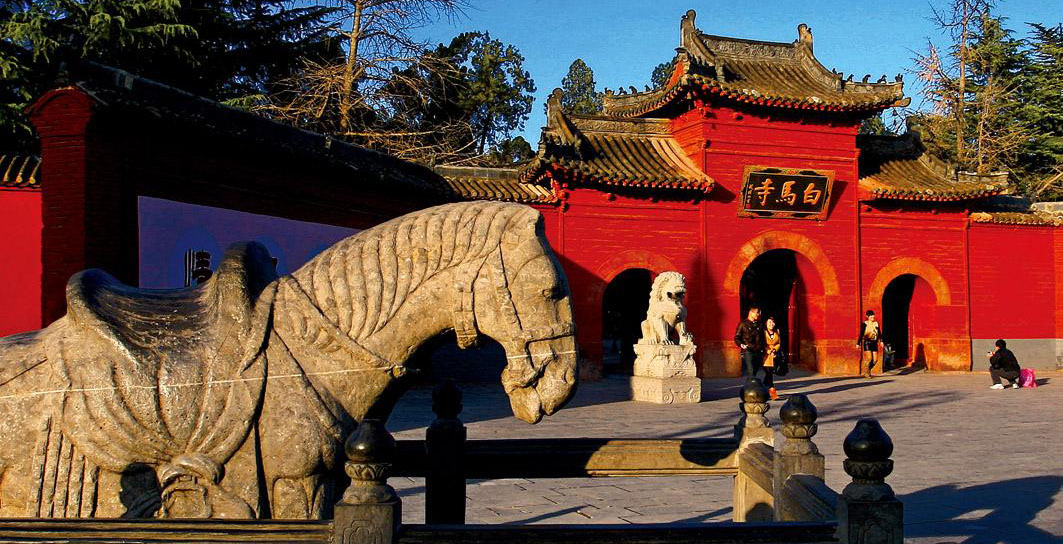
Day 7 Luoyang-Xi'an by Bullet Train
This morning board the train to Xi'an (about 2 hours). Upon arrival, meet local tour guide then move to visit Xian City Wall, a symbol of ancient Xi'an, you can try to ride a bicycle and experience this old-centuries building. After enjoying delicious lunch at bustling Muslim Street. Later, visit Big Wild Goose Pagoda, which holds sutras and figurines of the Buddha that were brought to China from India by the famous Buddhist monk Xuanzang. At last, check in the local hotel.
![]() :
:
Scenic spots included in the itinerary
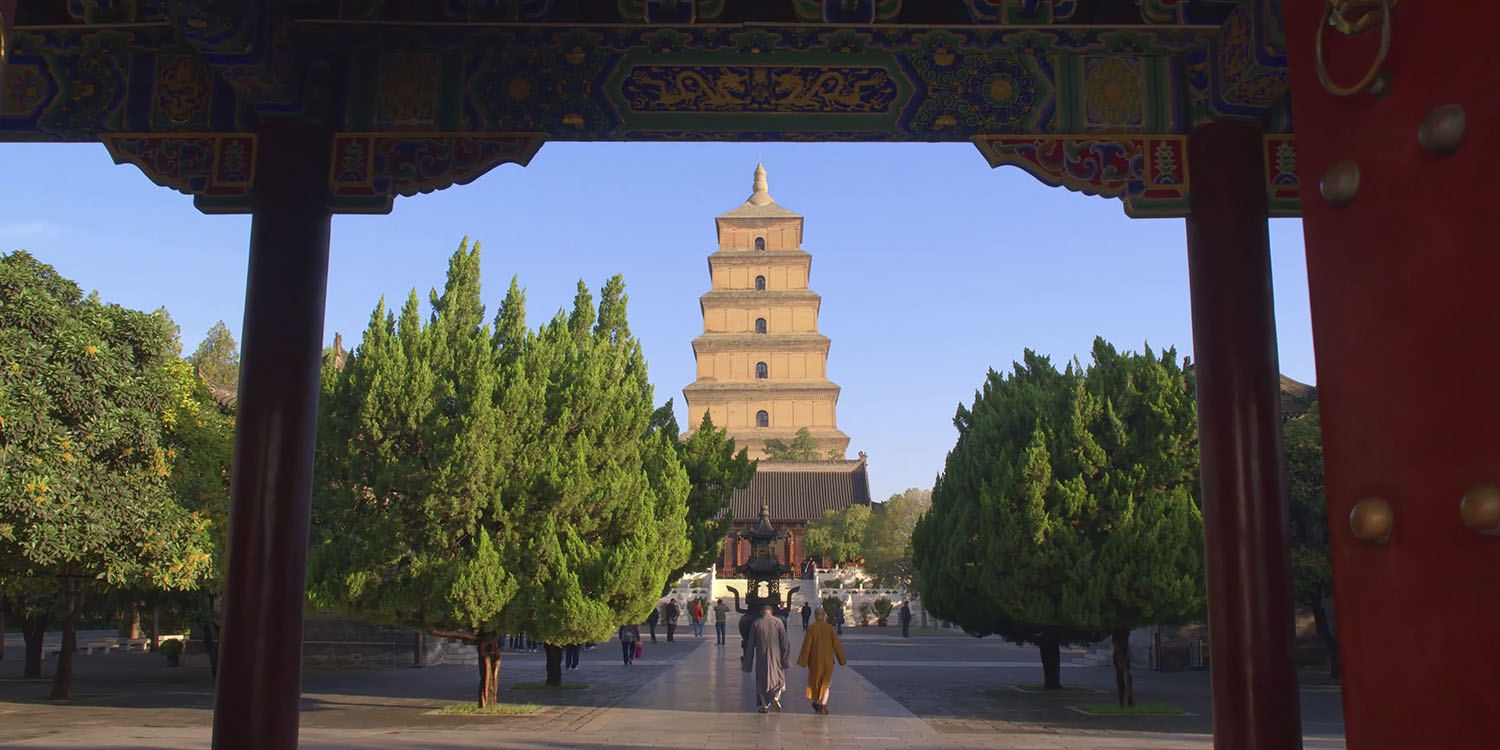
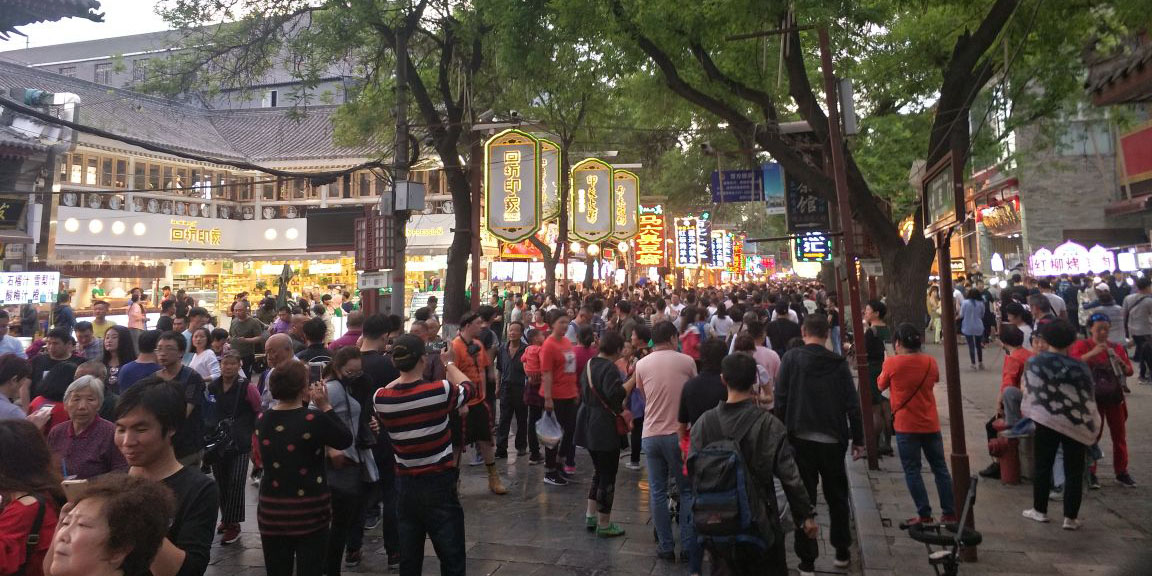
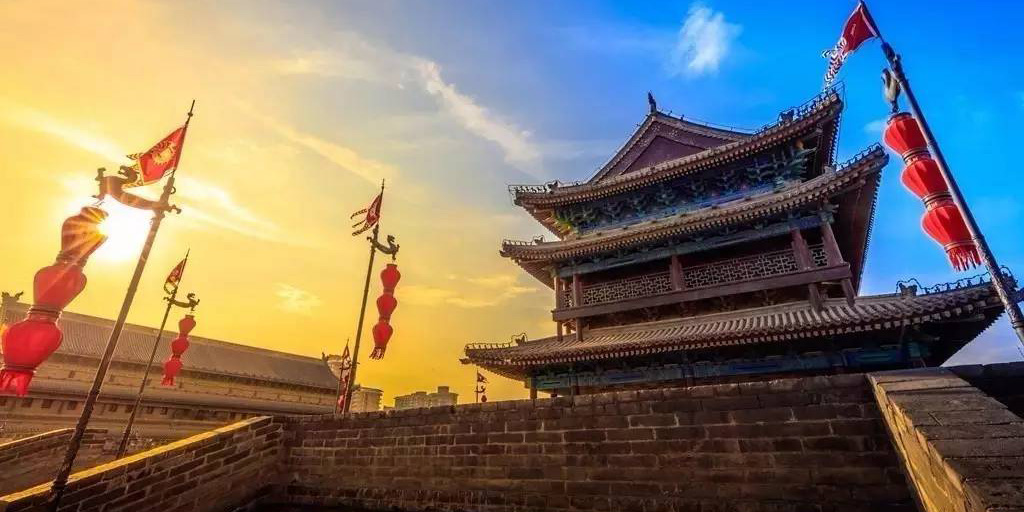
Day 8 Xi'an
Today's highlight is a visit to the archaeological museum, home to an army of more than 6, 000 life-size Terracotta Warriors excavated from the tomb of the 1st emperor of the Qin Dynasty, on the way back to downtown have a stop at Huaqing Hot Spring you'll hear the romantic but sad story for emperor Xuanzong and his beautiful concubine Yang Yuhuan.
![]() :
:
Scenic spots included in the itinerary
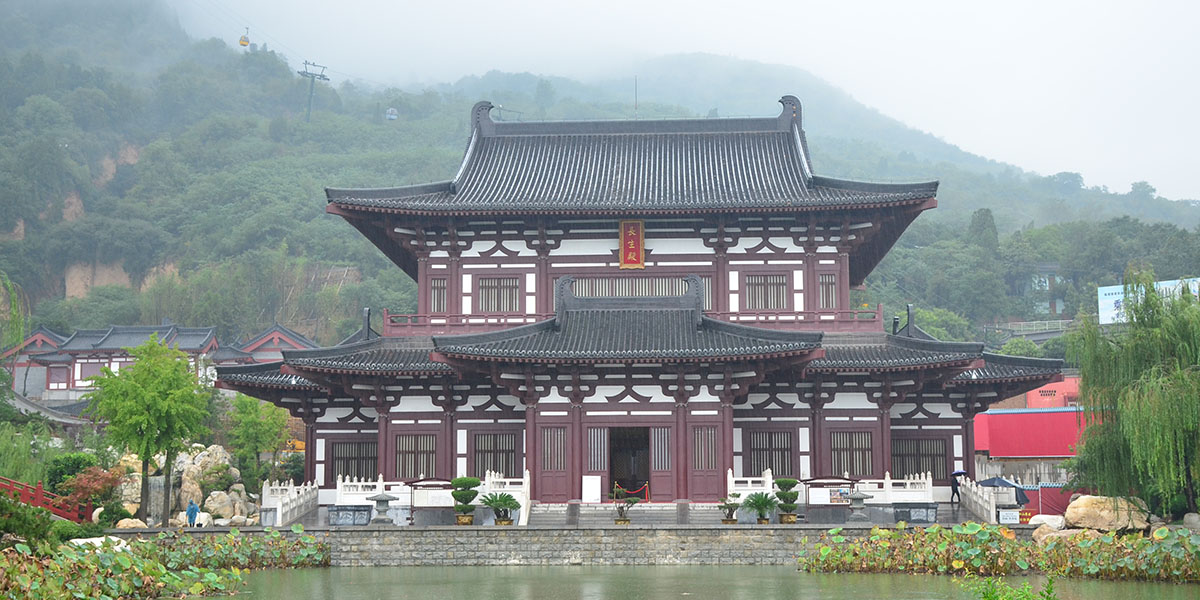
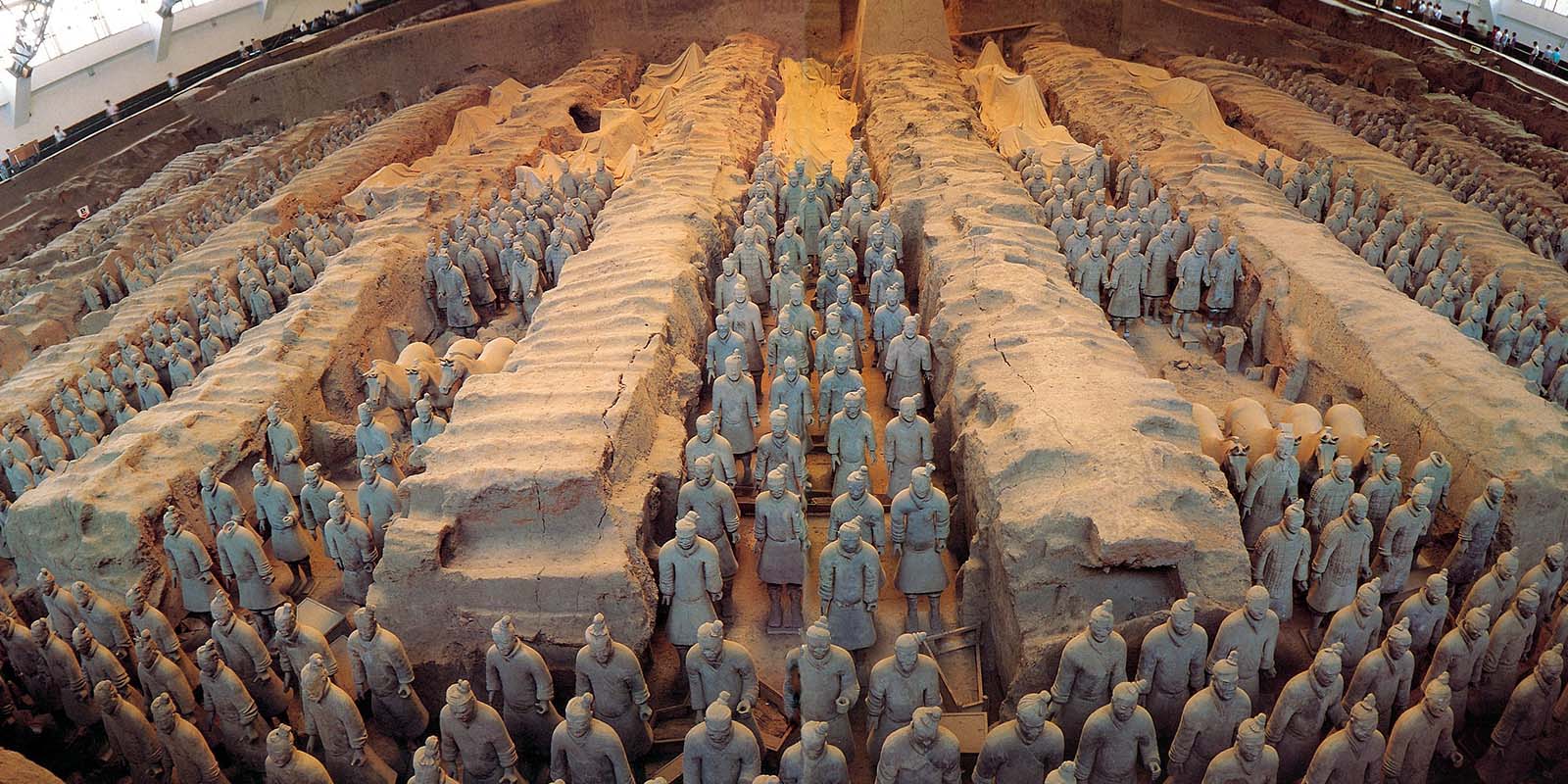
Day 9 Xi'an-Shanghai by Flight
In the morning, take you to visit the Shaanxi History Museum, one of the largest state museums with modern facilities in China. After enjoying delicious lunch, you will fly to Shanghai, the "Paris of the Orient".
![]() :
:
Scenic spots included in the itinerary
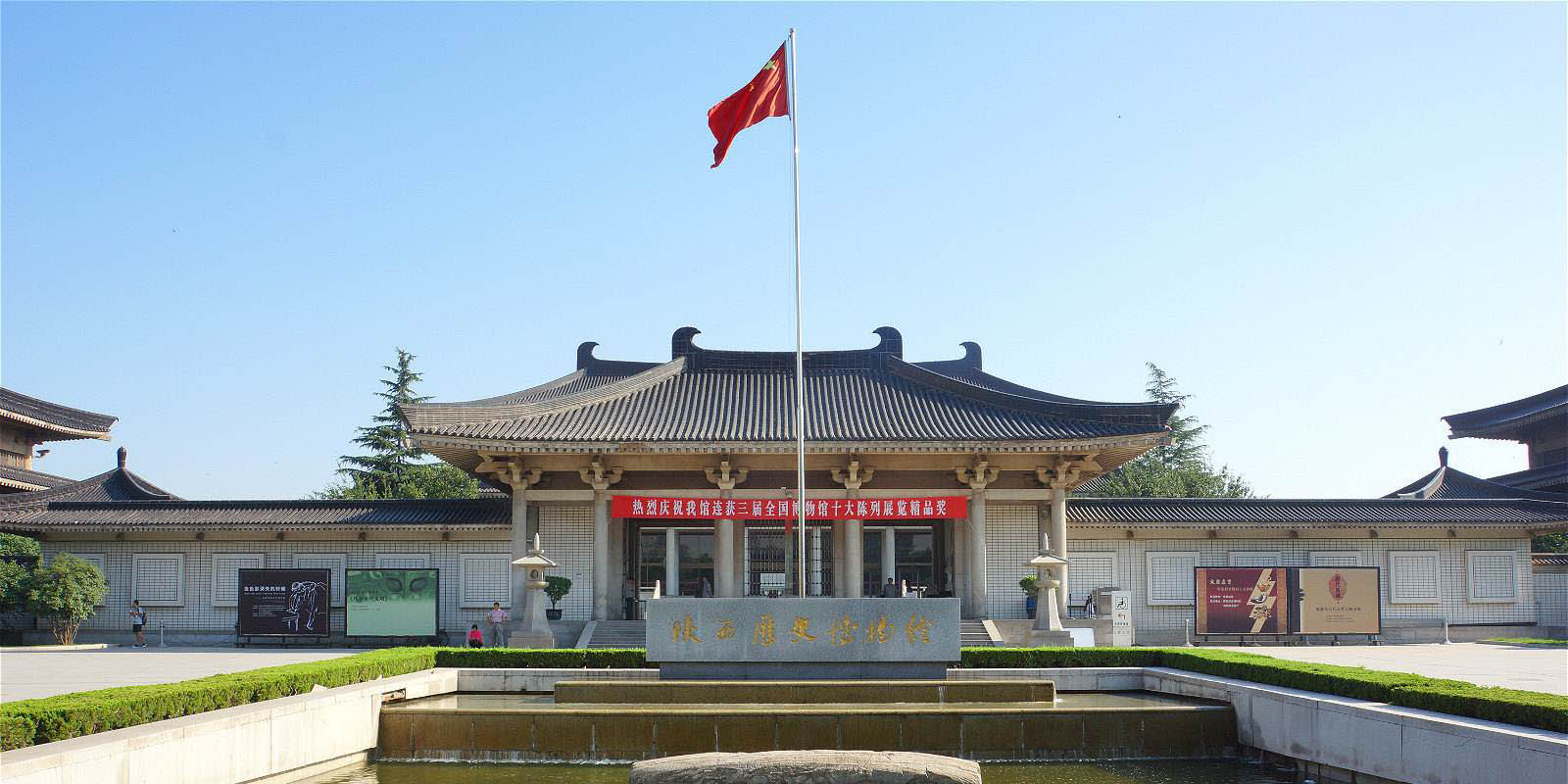
Day 10 Shanghai
Start your morning with a visit to the Yu Garden, famous for its rock gardens, pavilions, halls and ponds. Afterwards visit City God Temple Bazaar, the shops filled with all manner of interesting curios. After lunch, continue your visit stopping at the Old Street and then stroll along the Bund to appreciate towering modern buildings and unique international architecture exhibition group as well as rolling Huangpu River. At last, go to Nanjing Road to seek your favorite brand and experience the economic pulse of modern Shanghai.
![]() :
:
Scenic spots included in the itinerary
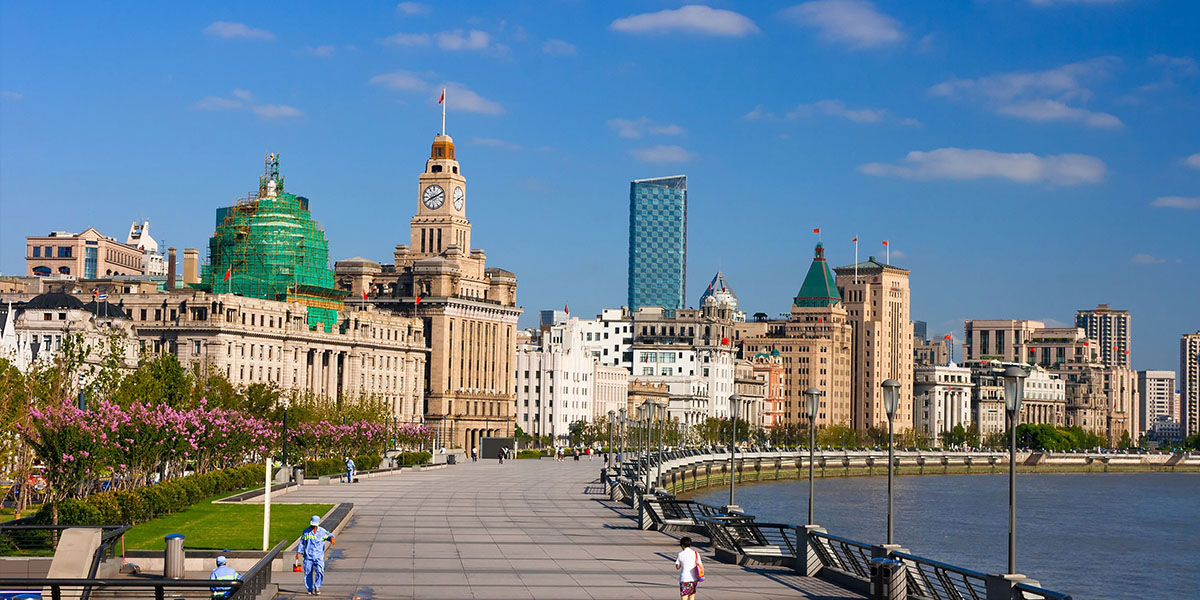
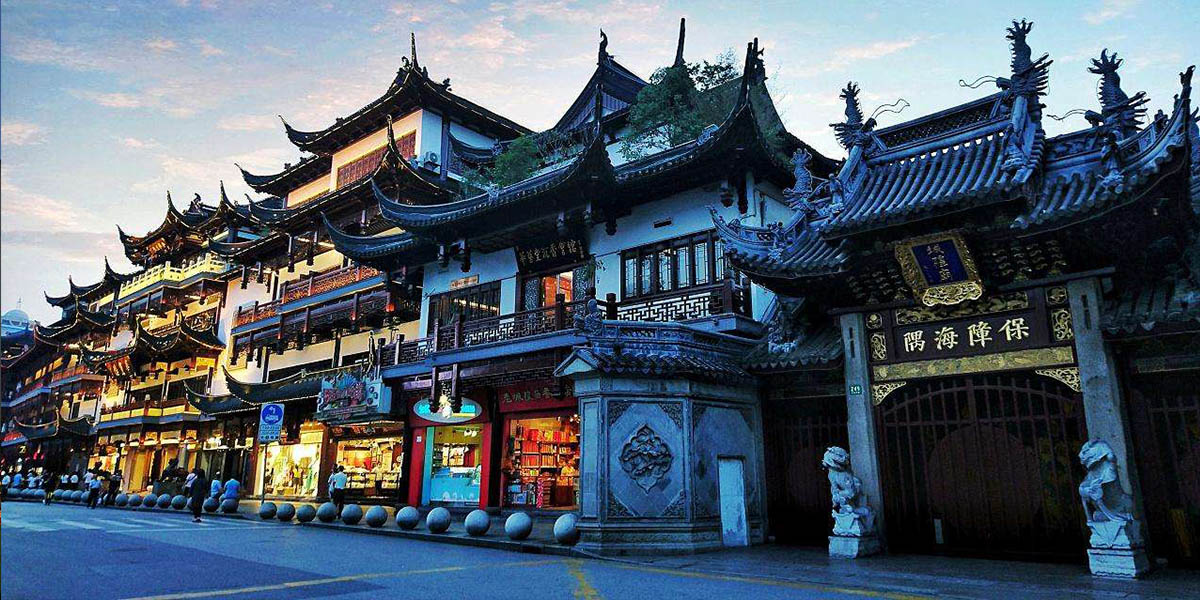
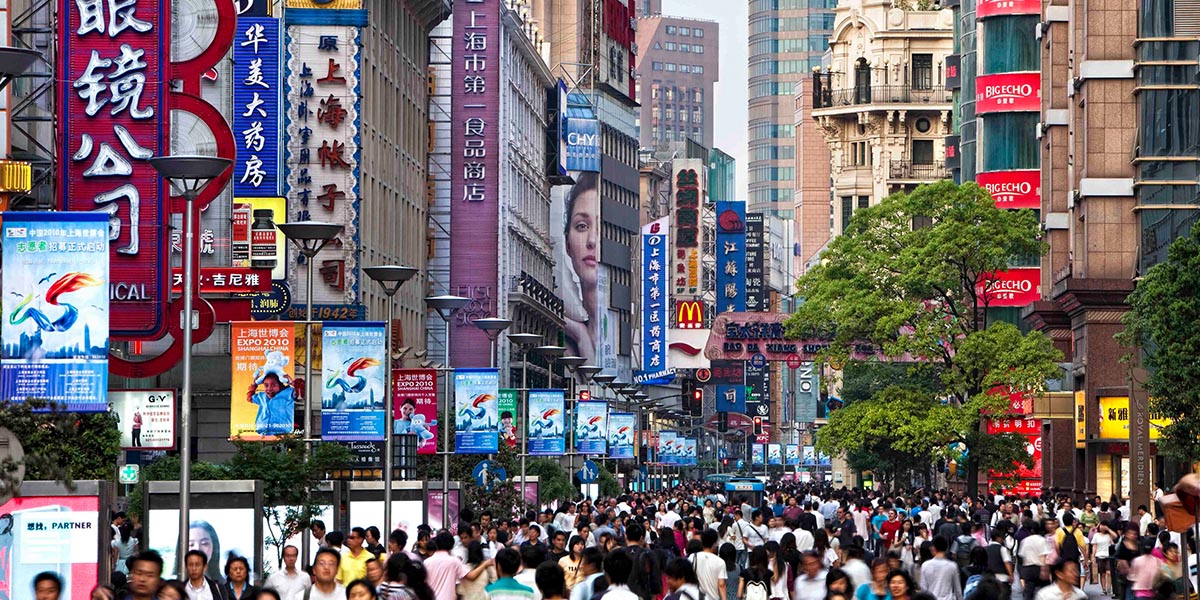
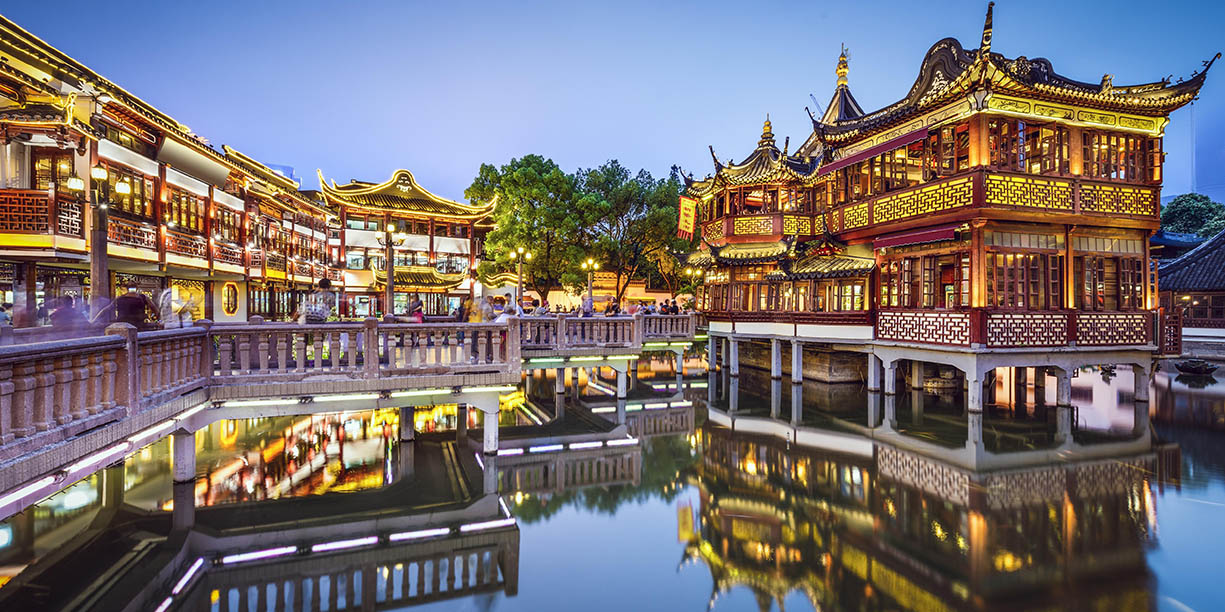
Day 11 Departure from Shanghai
Farewell to Shanghai. Transfer to the airport for your flight.
![]() :
:
Hotel Location
5 Star Hotel
4 Star Hotel
3 Star Hotel
Add Product
Booking Notes
Includes
![]() Admission tickets
Admission tickets
![]() Meals as listed in the itinerary
Meals as listed in the itinerary
![]() English speaking tour guide & experienced driver
English speaking tour guide & experienced driver
![]() A bottle of water per person per day
A bottle of water per person per day
![]() Second class high-speed train ticket(Beijing-Luoyang, Luoyang-Xi'an)
Second class high-speed train ticket(Beijing-Luoyang, Luoyang-Xi'an)
![]() Flight economic class tickets from Xi'an to Shanghai
Flight economic class tickets from Xi'an to Shanghai
![]() Pedicab
Pedicab
![]() VIP access to the Forbidden City
VIP access to the Forbidden City
![]() Airport/railway transfer as describedHotels(if selected)
Airport/railway transfer as describedHotels(if selected)
Excludes
![]() Tips for the guide and driver
Tips for the guide and driver
![]() International airfares
International airfares
![]() Cable car
Cable car
![]() Bicycle rental fee
Bicycle rental fee
How to Book:
1. You can book online directly or send email to marcopolo@chinatoursnet.com
2. The personal information you filled in at the time of booking must be exactly the same as your passport. ChinaToursNet will not refund any losses due to missing or incorrect information.
3. Confirmation will be received at the time of booking.
4. Vegetarian option is available, please advise at time of booking if required.
5. We accept Credit Card, PayPal and bank transfer.
6. The schedule can be adjusted by your tour guide due to the actual traffic condition.
7. Child definition: Child taller than 1.1 meters will be charged full price, child smaller than 1.1 meters will be charged half price.
Cancellation Policy:
If you cancel at least 30 day(s) in advance of the scheduled departure, there is no cancellation fee.
If you cancel between 20 and 15 day(s) in advance of the scheduled departure, there is a 50 percent cancellation fee.
If you cancel within 15 day(s) of the scheduled departure, there is a 100 percent cancellation fee.
Hotel, Air tickets, Train tickets, Insurance and Card fees are not refundable.
Got Question & Quick Answer
![]()
![]()
CONTACT INFO
PHONE:
EMAIL:
marcopolo@chinatoursnet.comWhatsApp:+86-13683536536iMessage:+86-13683536536
ADDRESS:
Room 208,Business Building AQiantongtian.Longgang Road,Haidian district,Beijing
WeChat:chinatoursnetSkype:chinatoursnet@outlook.com
WHY CHOOSE US

1:We are in Beijing
2:No hidden fees
3:Downtown hotel
4:professional tour guildes and drivers
5:Flexible tour time,private tour group,customized tour service
6:free mineral water
7:Guarantee enough visiting time
8:Guarantee your satisfactory with your choice
